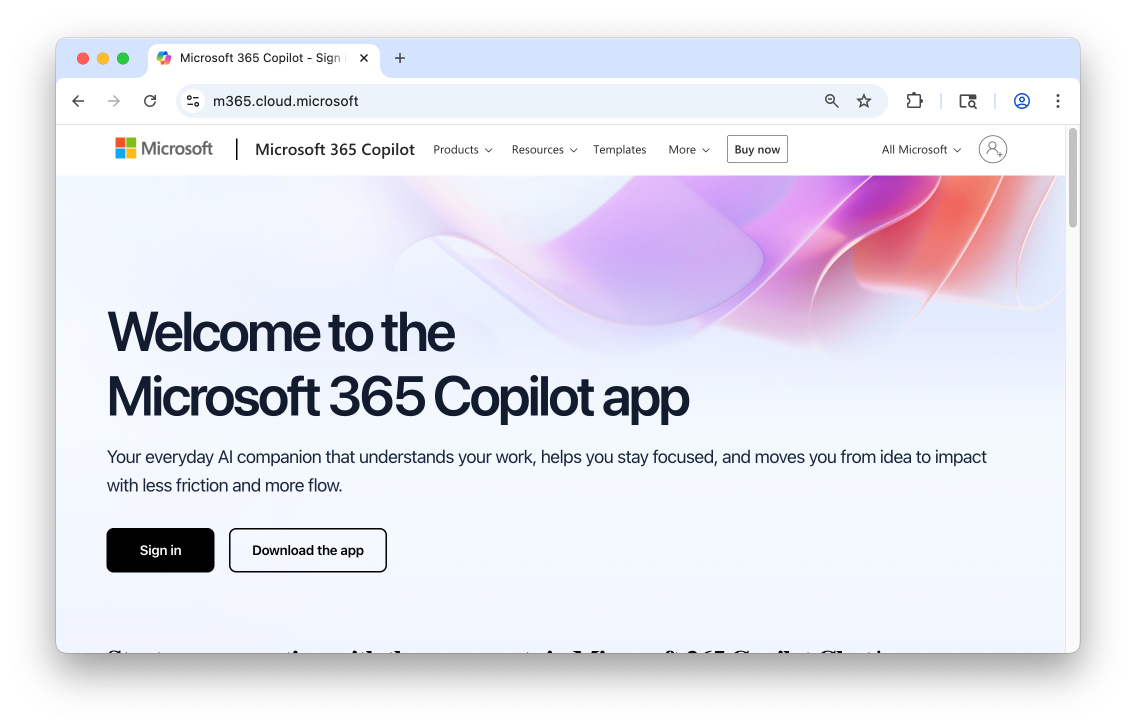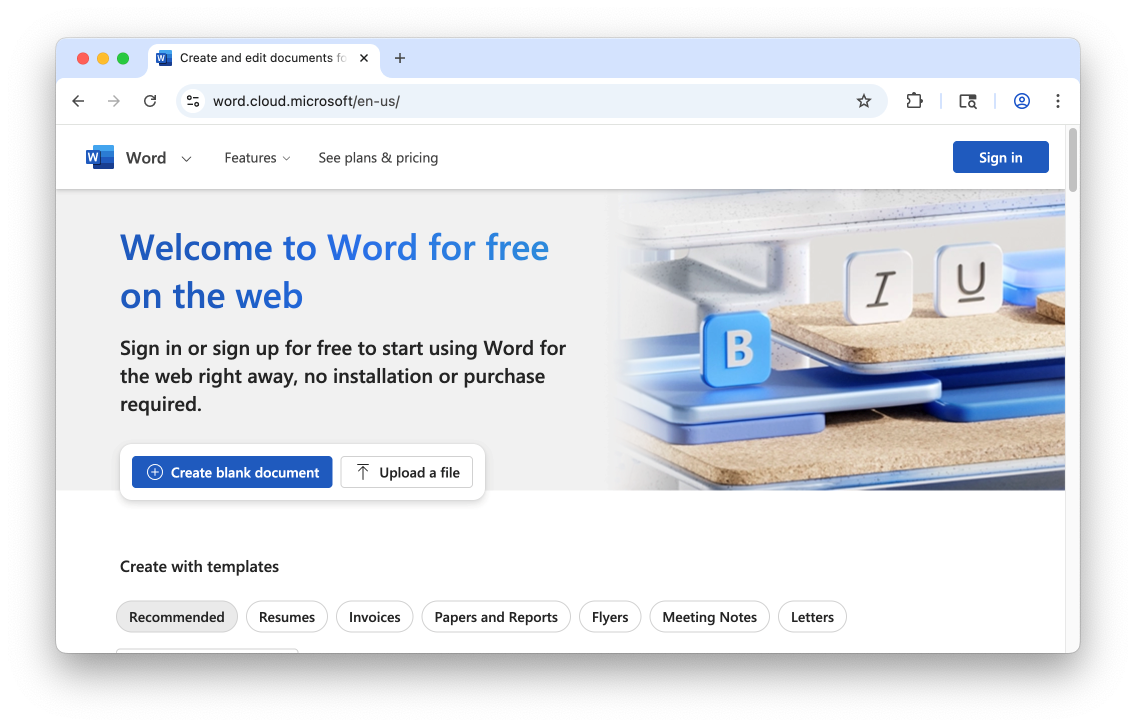By Gabe Bonifacio
After decades atop the technology industry, the software giant Microsoft recognized an issue within its domain name holdings: years of expansion led to inadvertent domain registration naming patterns and usage, primarily leveraging subdomains and keyword-rich domain names, such as “to-do.office.com” and “skypeforbusiness.com”. In 2024, the corporation decided to consolidate access to all of its client-facing Microsoft 365 applications under cloud.microsoft and associated subdomains, examples of which include “outlook.cloud.microsoft” and “teams.cloud.microsoft”.
The consolidation of these access points under cloud.microsoft satisfied several needs – domain name cohesion, fortified security protections, increased user trust and authenticity, and more.

Microsoft’s 365 Copilot AI app hosted on m365.cloud.microsoft
Domain Name Unity: A Centralized, Authoritative and Brand-Centric Experience
With the launch of cloud.microsoft, Microsoft was able to build a self-contained ecosystem, with all domains under the cloud.microsoft umbrella signaling the authoritative touchpoint for end users, developers, and administrative managers to interact with these web-based applications. For most, the transition to cloud.microsoft was seamless, but the impact was significant.
Other industry leaders have taken similar approaches. For example, Amazon uses prime.amazon for access to its Prime-branded suite of services; and Google uses ai.google for access to its artificial intelligence platform.

Microsoft’s Word editor hosted on word.cloud.microsoft
User Benefits: Increased Security and Memorable Names
While the cloud.microsoft launch is seemingly the most publicized use of its .BRAND so far, the TLD has also enabled Microsoft with the freedom to establish its own technical security standards and domain name use conventions.
All domains hosted under the .MICROSOFT TLD are guaranteed to be safely managed and maintained with the highest security standards, eliminating potential risks of domain loss or compromise. Since .MICROSOFT also signals an authentic touchpoint for Microsoft, it eliminates the risk of spoofing, providing further safeguards against third-party breaches or operational failures.
Additionally, .BRAND TLDs can be leveraged as a simple marketing tool – short and uniform naming patterns can be memorable and easily repeatable, and are customizable to fit the company’s marketing strategy, product launch, or brand initiatives. For example, download.microsoft hosts Microsoft’s download center, providing download files for its range of products. Similarly, auto manufacturer Audi utilizes my.audi as a vehicle owner resource hub.
By focusing its .BRAND approach on cloud-based applications, Microsoft was able to:
- Reduce domain sprawl and eliminate unnecessary registrations;
- Introduce cohesive domain name structures for a better user experience;
- Improve security protections and eliminate reliance on third-party systems; and
- Simplify marketed domains, making them more predictable and easier to remember.
The adoption of a strong .BRAND use case from an industry leader like Microsoft is demonstrative of its willingness to embrace new technology. Similarly, other corporations have shown the same embrace of their .BRAND, such as the financial services corporation Deloitte (ai.with.deloitte).
The Next Round for new gTLD applications opens in late April 2026. If your company or organization is interested in applying for a .BRAND TLD, contact us today. Our expert team is prepared to discuss the end-to-end process of application, delegation, and operation of your very own new gTLD, ensuring informed and strategic decision-making for every step along the way.
